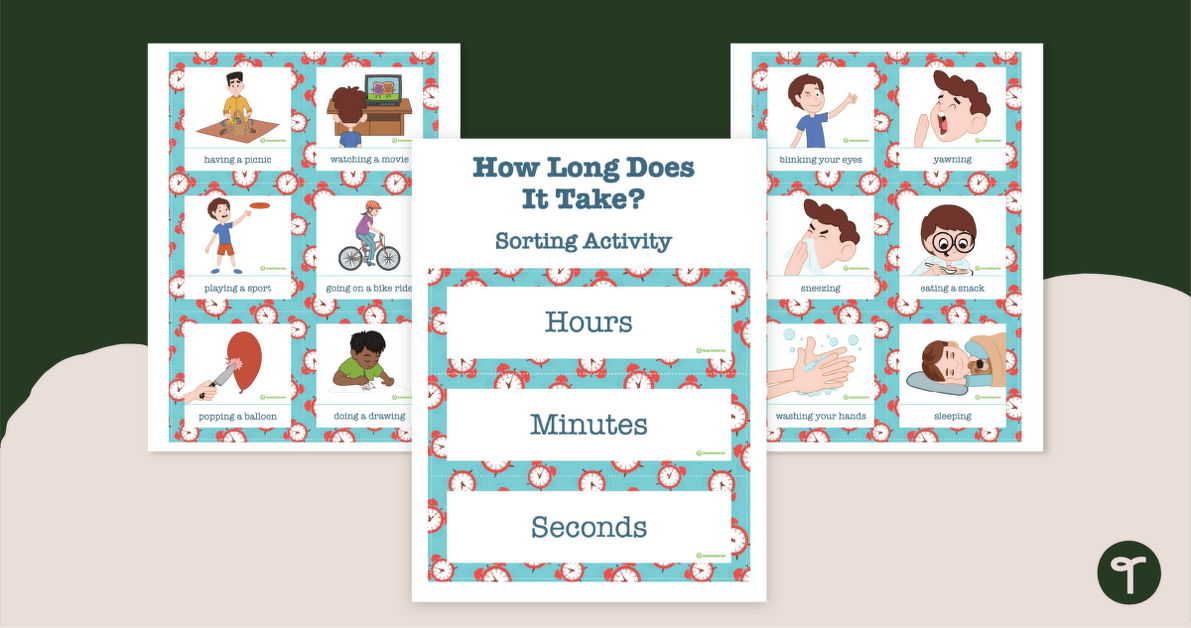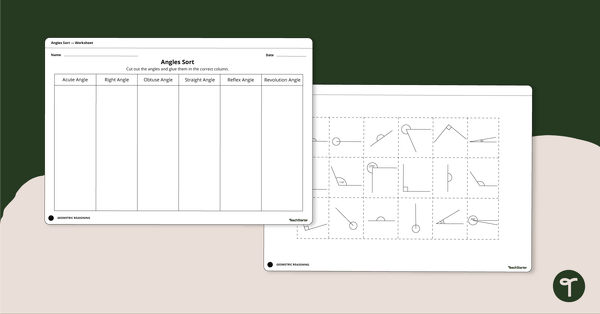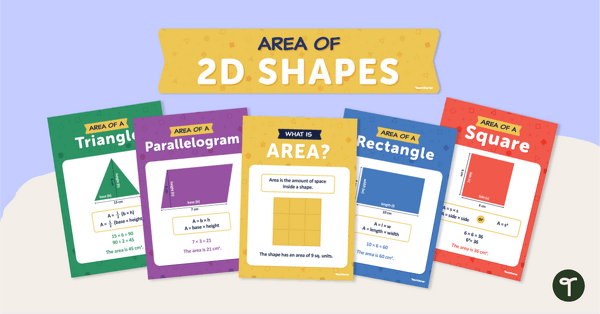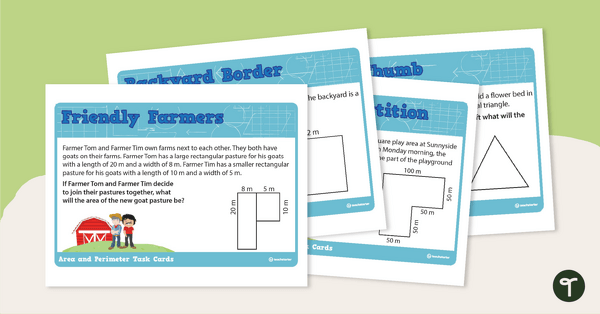Identify activities that take about an hour, minute, or second with a sorting activity.
Use this teaching resource as an interactive activity for students to demonstrate their understanding of seconds, minutes and hours.
Print and cut the time cards and event cards, then adhere them to cardboard for increased durability. Allow the students to sort the events depending on how long they take (seconds, minutes or hours).
Note that there is no one “correct” answer as to how these events should be sorted. It is more important that students justify their thinking when sharing their groupings, e.g. one child might say that it takes seconds to eat a snack, while another child might say that it takes minutes.












0 Comments
Write a review to help other teachers and parents like yourself. If you'd like to request a change to this resource, or report an error, select the corresponding tab above.